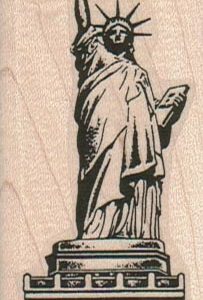Description
Item 6266 Plate 612 Military Page 399
Kilroy was a 46-year old shipyard worker during the war. He worked as a checker at the Fore River Shipyard in Quincy. Hisjob was to go around and check on the number of rivets completed. Riveterswere on piecework and got paid by the rivet.
Kilroy would count a block of rivets and put a check mark in semi-waxed lumber chalk, so the rivets wouldnt be counted twice. When Kilroy went off duty, the riveters would erase the mark.
Later on, an off-shift inspector would come through and count the rivets a second time, resulting in double pay for the riveters.
One day Kilroys boss called him into his office. The foreman was upset about all the wages being paid to riveters, and asked him to investigate. It was then that he realized what had been going on.
The tight spaces he had to crawl in to check the rivets didnt lend themselves to lugging around a paint can and brush, so Kilroy decided to stick with the waxy chalk. He continued to put his checkmark on each job he inspected, but added KILROY WAS HERE in king-sized letters next to the check, and eventually added the sketch of the chap with the long nose peering over the fence and that became part of the Kilroy message. Once he did that, the riveters stopped trying to wipe away his marks.
Ordinarily the rivets and chalk marks would have been covered up with paint. With war on, however, ships were leaving the Quincy Yard so fast that there wasnt time to paint them.
As a result, Kilroys inspection trademark was seen by thousands of servicemen who boarded the troopships the yard produced. His message apparently rang a bell with the servicemen, because they picked it up and spread it all over Europe and the South Pacific. Before the wars end, Kilroy had been here, there, and everywhere on the long haul to Berlin and Tokyo.
To the unfortunate troops outbound in those ships, however, he was a complete mystery; all they knew for sure was that some jerk named Kilroy had been there first. As a joke, U.S. servicemen began placing the graffiti wherever they landed, claiming it was already there when they arrived.
Kilroy became the U.S. super-GI who had always already been wherever GIs went. It became a challenge to place the logo in the most unlikely places imaginable (it is said to be atop Mt. Everest, the Statue of Liberty, the underside of the Arch De Triumphe, and even scrawled in the dust on the moon.)
And as the war went on, the legend grew. Underwater demolition teams routinely sneaked ashore on Japanese-held islands in the Pacific to map the terrain for the coming invasions by U.S. troops (and thus, presumably, were the first GIs there). On one occasion, however, they reported seeing enemy troops painting over the Kilroy logo! In 1945 an outhouse was built for the exclusive use of Roosevelt, Stalin, and Churchill at the Potsdam conference. The first person inside was Stalin, who emerged and asked his aide (in Russian), Who is Kilroy?





